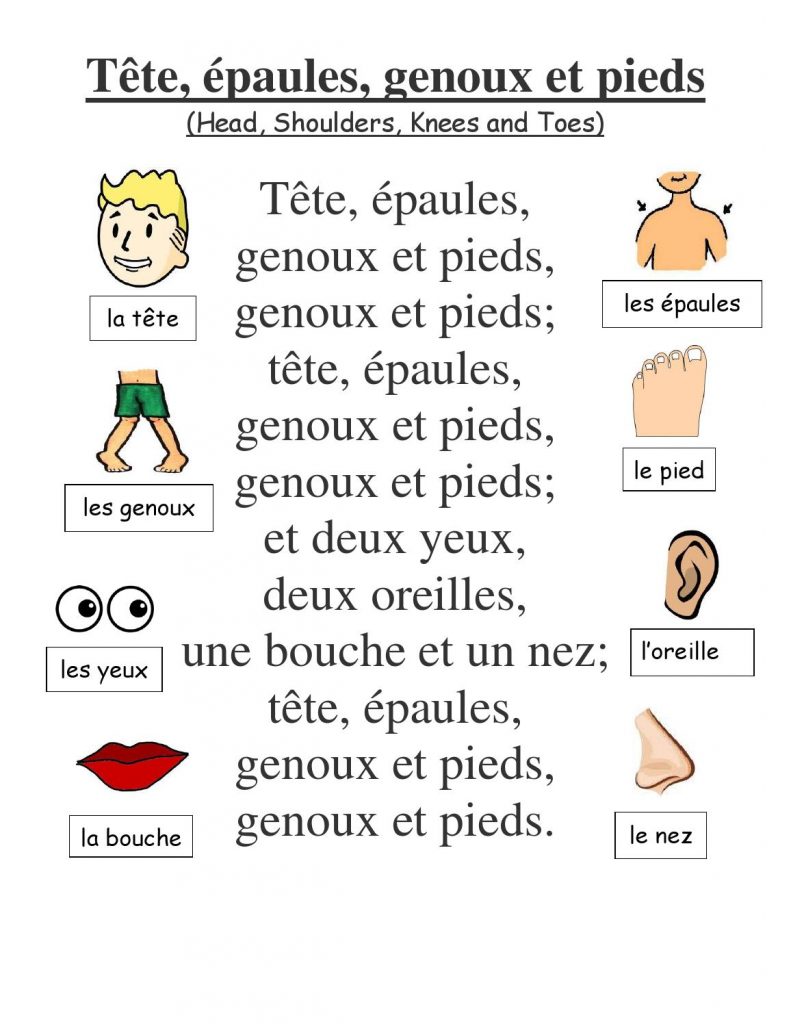Head, Shoulders, Knees, and Toes in Spanish: Learn the Body Parts
Learning Spanish can be both exciting and fulfilling; one of its fundamental aspects is vocabulary; body parts play an integral part of this vocabulary when studying this ancient tongue. We will cover how to say “head, shoulders, knees, and toes” along with some other common body parts in Spanish in this article.
Head
The word for “head” in Spanish is “cabeza.” This is a straightforward translation, and it’s important to know this word as it is a vital part of the body. The pronunciation of “cabeza” is kah-beh-sah. Remember to roll the “r” sound in Spanish when pronouncing this word.
Shoulders
To say “shoulders” in Spanish, you would use the word “hombros.” The pronunciation of “hombros” is ohm-brohs. It’s important to note that the “h” in Spanish is silent, so you would not pronounce it. Practice saying “hombros” to ensure you are pronouncing it correctly.
Knees
The word for “knees” in Spanish is “rodillas.” The pronunciation of “rodillas” is roh-dee-yahs. Pay attention to the double “l” sound in Spanish, which is pronounced like the “y” in “yes.” Practice saying “rodillas” to get comfortable with the pronunciation.
Toes
To say “toes” in Spanish, you would use the word “dedos de los pies.” This phrase translates to “fingers of the feet” in English. The pronunciation of “dedos de los pies” is deh-dohs deh lohs pyehs. It may seem like a mouthful, but with practice, you will get the hang of it.
Other Body Parts
Now that you know how to say “head, shoulders, knees, and toes” in Spanish, let’s explore some other common body parts:
Arm: Brazo (brah-so)
Leg: Pierna (pyehr-nah)
Hand: Mano (mah-noh)
Foot: Pie (pyeh)
Face: Cara (kah-rah)
Mouth: Boca (boh-kah)
Nose: Nariz (nah-rees)
Eyes: Ojos (oh-hohs)
Ears: Orejas (oh-reh-hahs)
Learning these body parts in Spanish will not only enhance your vocabulary but also help you communicate more effectively when describing pain, pointing out body parts, or discussing health-related issues.
Practice Makes Perfect
As with any language learning endeavor, practice is key. Take the time to repeat and practice saying these body parts in Spanish. You can also incorporate them into daily activities or play games with friends or family to reinforce your learning.
Additionally, online resources like language learning apps or websites may help expand your vocabulary and practice pronunciation. Immersing yourself in Spanish through watching movies or listening to music can also be an effective way to build language skills.
As with any language, learning Spanish takes time and hard work – by adding body parts into your vocabulary you are taking one step towards being fluent in Spanish! Best wishes with your endeavor!



